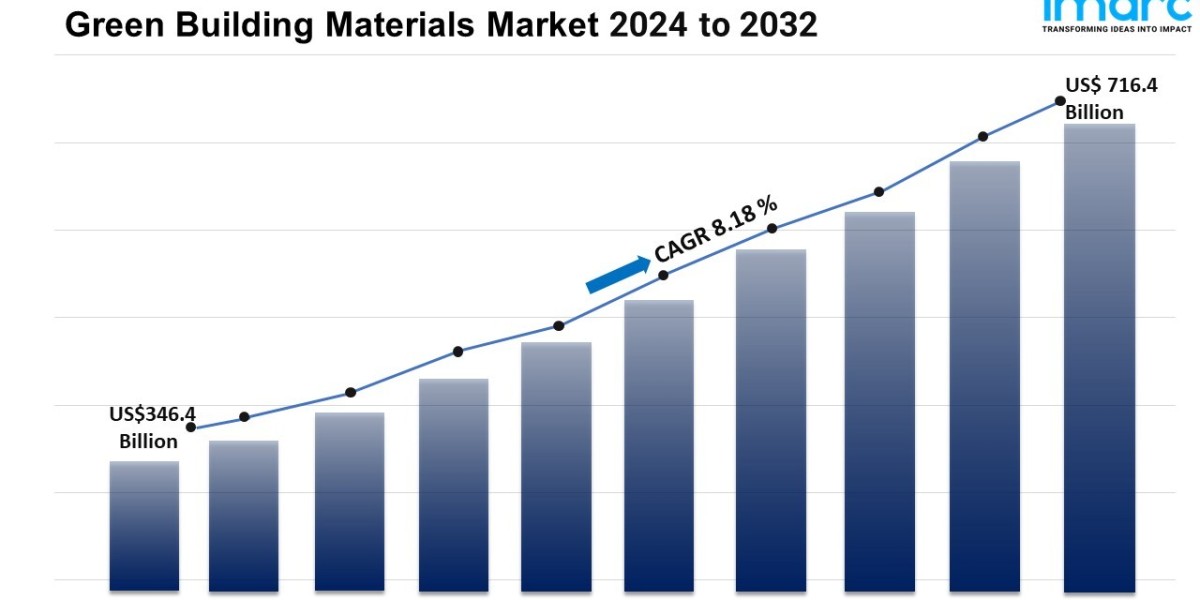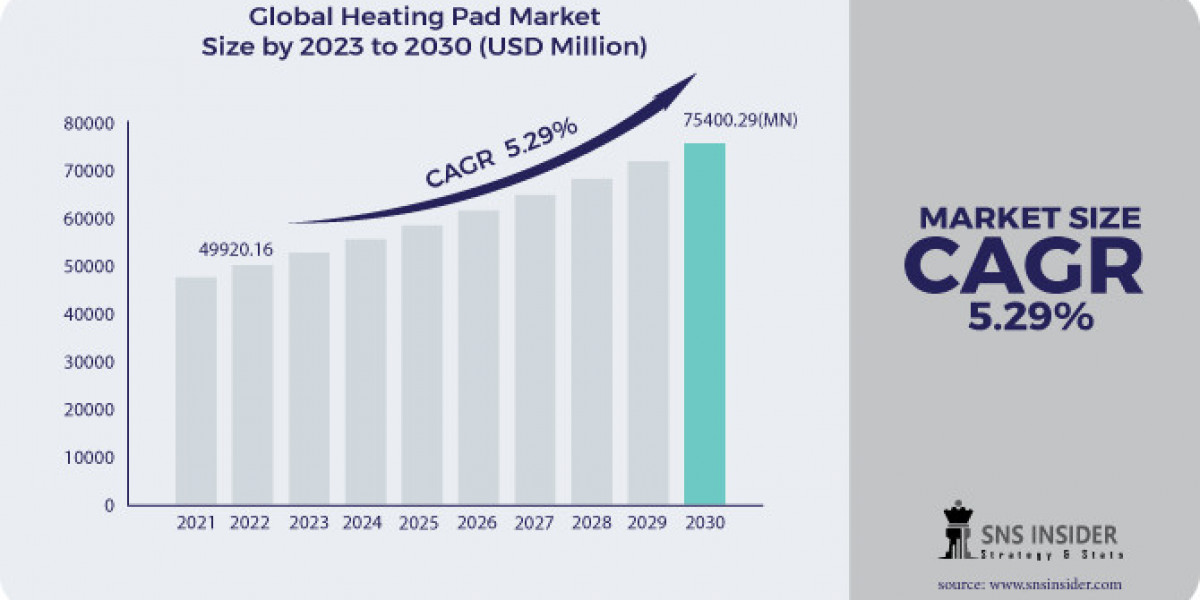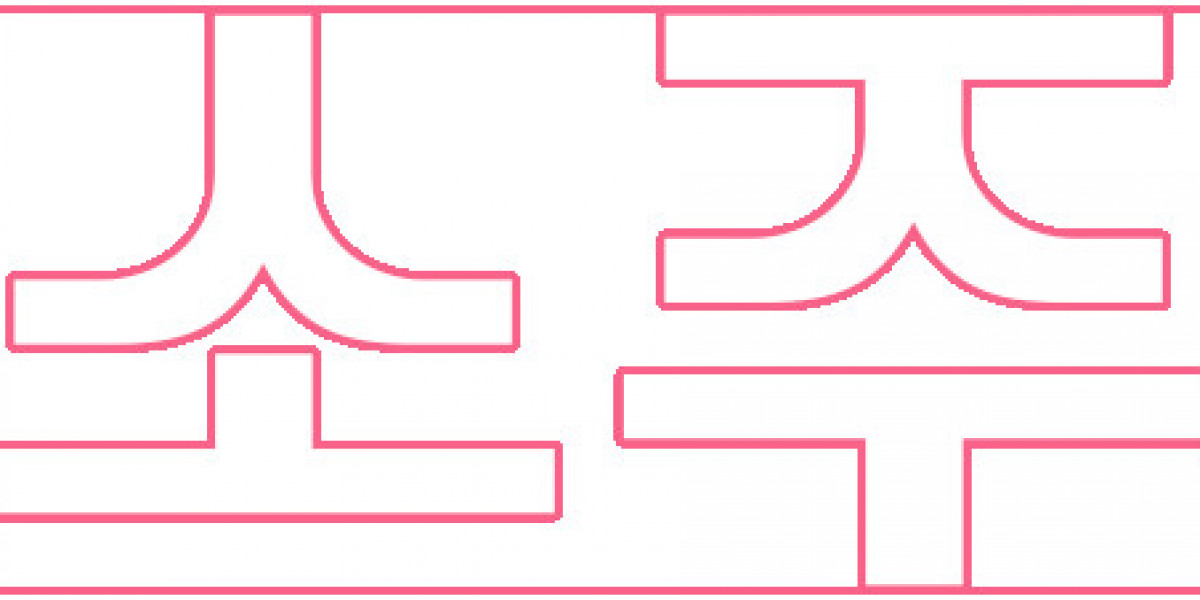Summary:
- The global green building materials market size reached USD 346.4 Billion in 2023.
- The market is expected to reach USD 716.4 Billion by 2032, exhibiting a growth rate (CAGR) of 8.18% during 2024-2032.
- North America leads the market, accounting for the largest green building materials market share.
- Insulation accounts for the majority of the market share in the application segment as it significantly enhances energy efficiency by reducing heating and cooling demands, leading to substantial cost savings and environmental benefits in both residential and commercial buildings.
- The increasing government incentives and regulations promoting energy-efficient and eco-friendly building practices is a primary driver of the green building materials market.
- Rising demand for healthier indoor environments, along with the growing urbanization and the need for sustainable infrastructure in developing regions are reshaping the green building materials market.
Industry Trends and Drivers:
- Growing environmental awareness and sustainability efforts:
The global push for sustainability is one of the most significant drivers of the green building materials market. As the effects of climate change become more pronounced, governments, organizations, and consumers are increasingly prioritizing eco-friendly construction practices. Green building materials, such as recycled steel, bamboo, and reclaimed wood, help reduce the carbon footprint of construction projects by minimizing energy consumption, lowering waste, and utilizing sustainable resources. These materials also support the principles of circular economy, where resources are reused and repurposed, reducing the strain on natural resources. In many regions, this shift is reinforced by stricter environmental regulations and government initiatives encouraging green buildings. For instance, the Paris Agreement has pushed countries to adopt policies that reduce greenhouse gas emissions, with construction being a major area of focus.
- Cost savings and long-term economic benefits:
Green building materials often come with higher upfront costs, although their long-term financial benefits are driving market growth. These materials tend to be more energy-efficient, meaning lower operational costs in the form of reduced electricity and water usage. For instance, using insulated roofing, windows, and sustainable insulation reduces heating and cooling needs, leading to significant savings on energy bills over the lifespan of a building. The durability of many green materials also extends the lifespan of the building, reducing the need for frequent repairs or replacements. Moreover, green buildings often have higher property values due to their sustainability and operational efficiency, making them more attractive to investors and tenants alike. Governments in various regions are also providing tax credits and rebates to developers who incorporate energy-efficient materials, further reducing the financial barrier for adopting green building practices. These factors make green building materials a sound long-term investment for both developers and property owners, contributing to market growth.
- Technological advancements in green building solutions:
The rapid advancement of technology in the construction industry has played a critical role in driving the green building materials market. Innovations in material science have led to the development of more efficient and affordable sustainable materials. For instance, smart materials that can adapt to environmental conditions, such as temperature-responsive roofing or windows, are increasingly being integrated into green building designs. These innovations improve energy efficiency and also enhance the overall performance of the building, offering greater flexibility and adaptability in different climates and environments. Moreover, digital tools such as Building Information Modeling (BIM) allow architects and engineers to design more sustainable buildings by simulating the performance of various materials under different conditions. This has made it easier for developers to assess the environmental impact of their choices and optimize their designs for sustainability. As these technologies continue to evolve, the cost of green building materials is expected to decrease, making them more accessible to a broader range of developers.
Request Sample For PDF Report: https://www.imarcgroup.com/green-building-materials-market/requestsample
Report Segmentation:
The report has segmented the market into the following categories:
Breakup by Application:
- Insulation
- Roofing
- Framing
- Interior Finishing
- Exterior Siding
- Others
Insulation dominates the market as it plays a crucial role in reducing energy consumption and enhancing thermal efficiency, making it essential for sustainable building designs.
Market Breakup by Region:
- North America (United States, Canada)
- Asia Pacific (China, Japan, India, South Korea, Australia, Indonesia, Others)
- Europe (Germany, France, United Kingdom, Italy, Spain, Russia, Others)
- Latin America (Brazil, Mexico, Others)
- Middle East and Africa
North America holds the leading position owing to a large market for green building materials driven by a strong regulatory frameworks, government incentives for green construction, and a high level of environmental awareness among both consumers and businesses.
Top Green Building Materials Market Leaders:
- Alumasc Group Plc
- Bauder Limited
- Binderholz GmbH
- CertainTeed Corporation
- RedBuilt, LLC
- PPG Industries
- DuPont
- Forbo International SA
- Interface Inc.
- Kingspan Group plc
- Lafarge
- BASF SE
- Owens Corning
- National Fiber
Note: If you need specific information that is not currently within the scope of the report, we will provide it to you as a part of the customization.
About Us
IMARC Group is a global management consulting firm that helps the world’s most ambitious changemakers to create a lasting impact. The company provide a comprehensive suite of market entry and expansion services. IMARC offerings include thorough market assessment, feasibility studies, company incorporation assistance, factory setup support, regulatory approvals and licensing navigation, branding, marketing and sales strategies, competitive landscape and benchmarking analyses, pricing and cost research, and procurement research.









